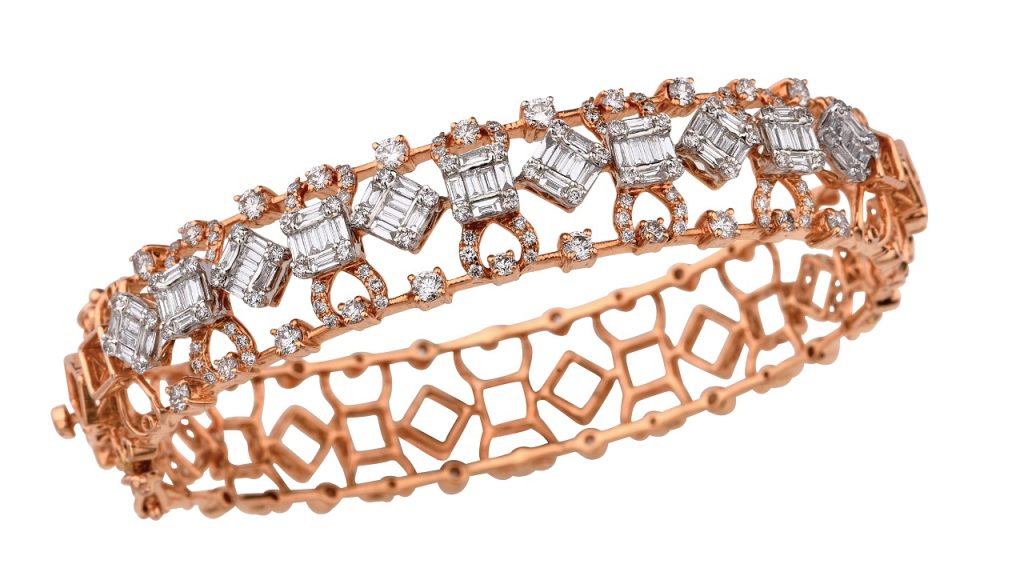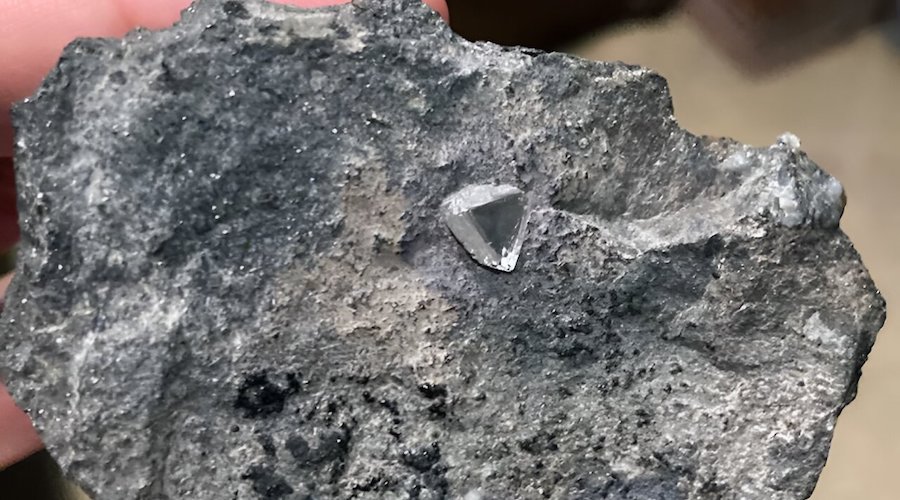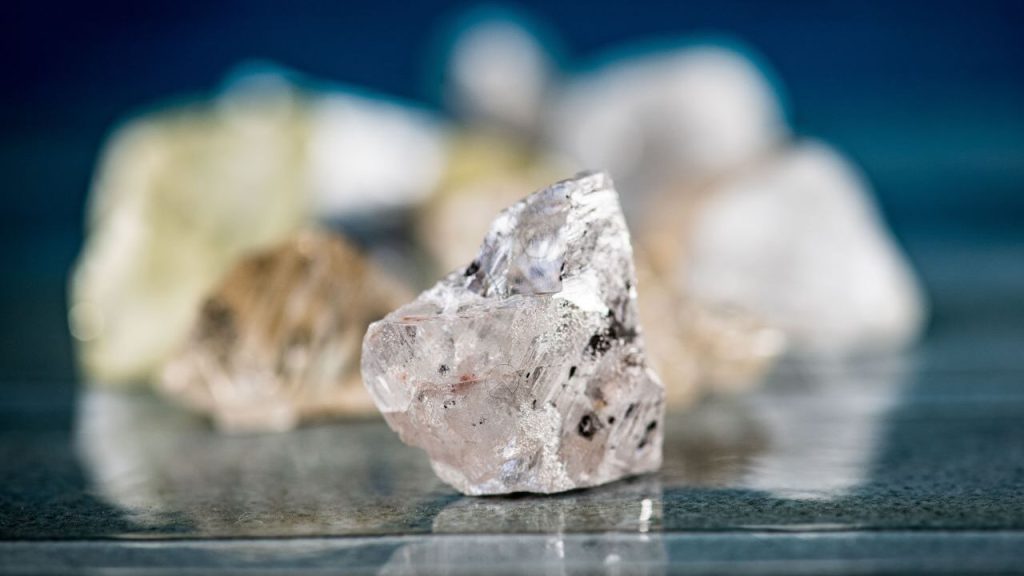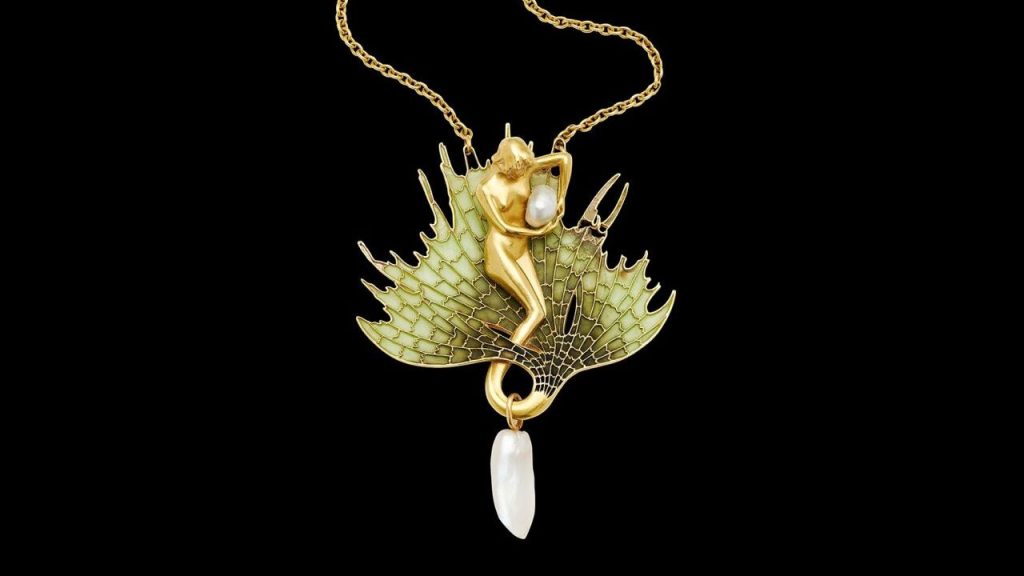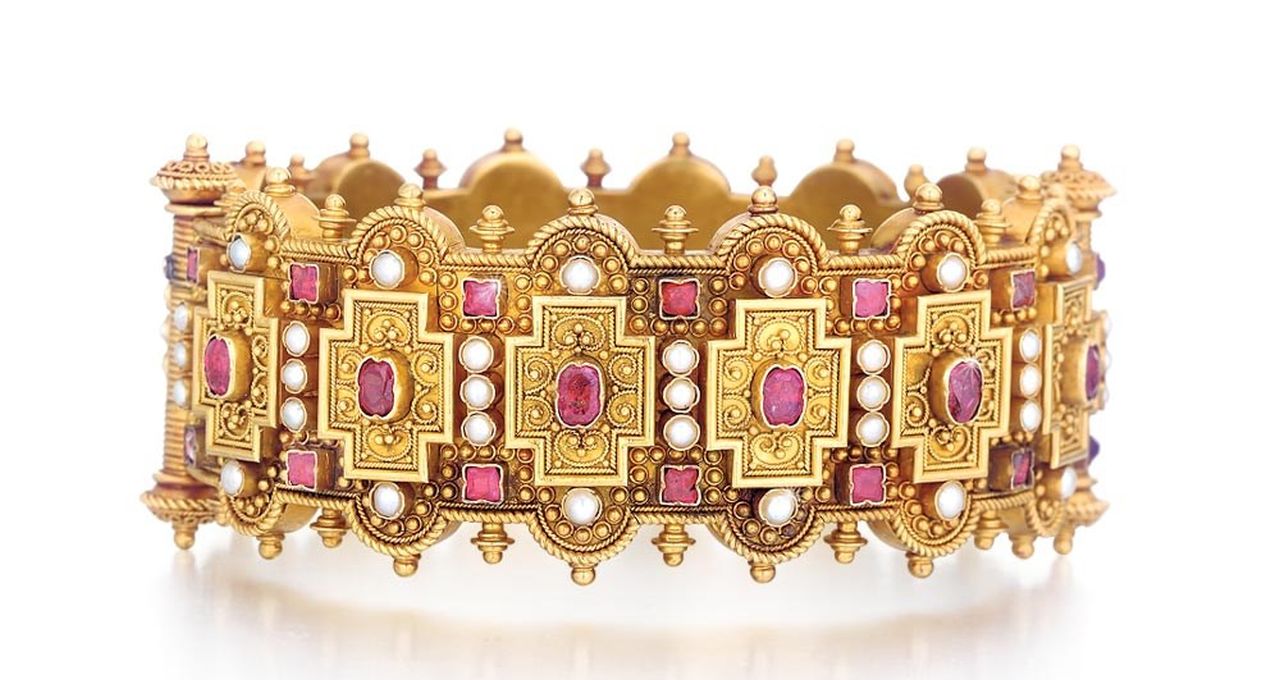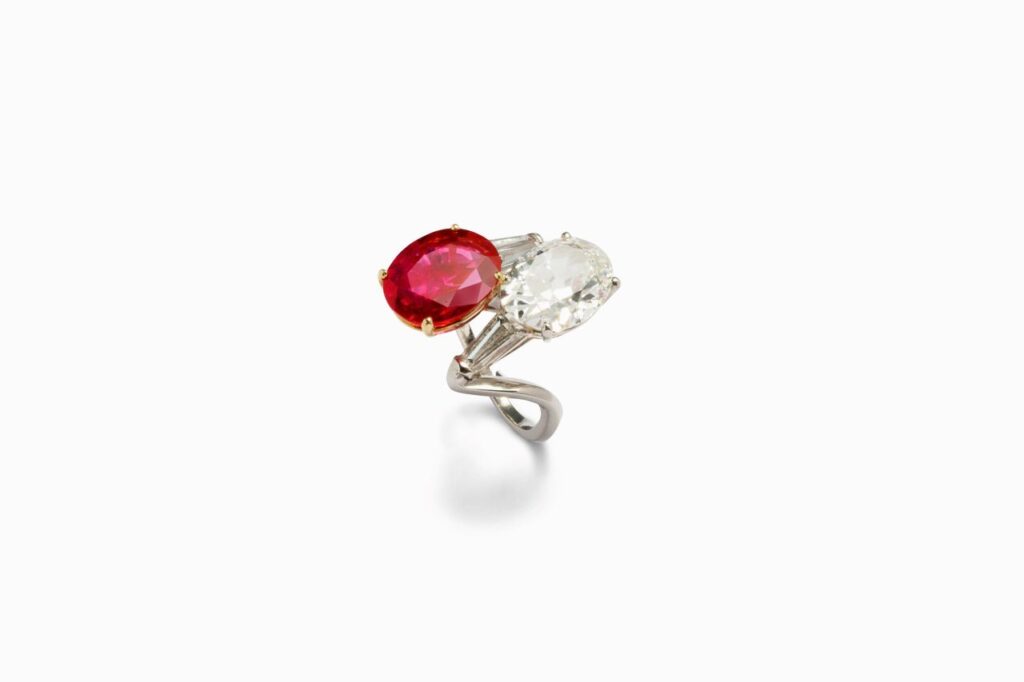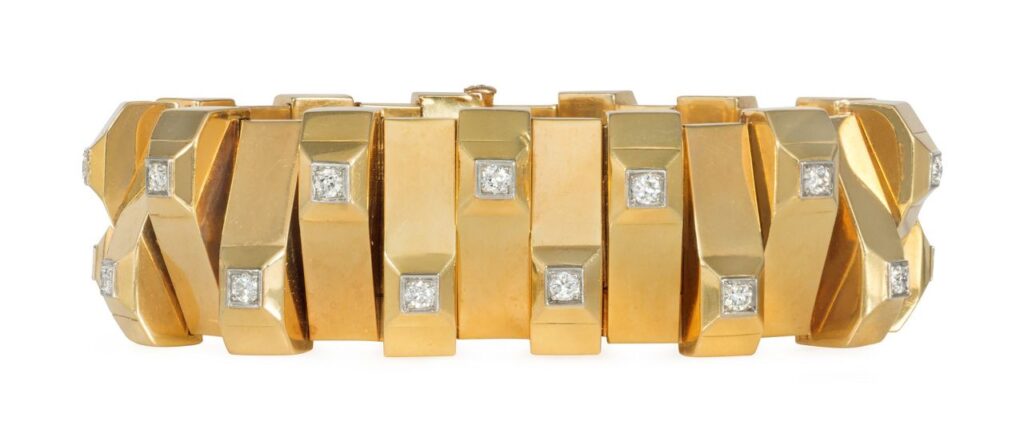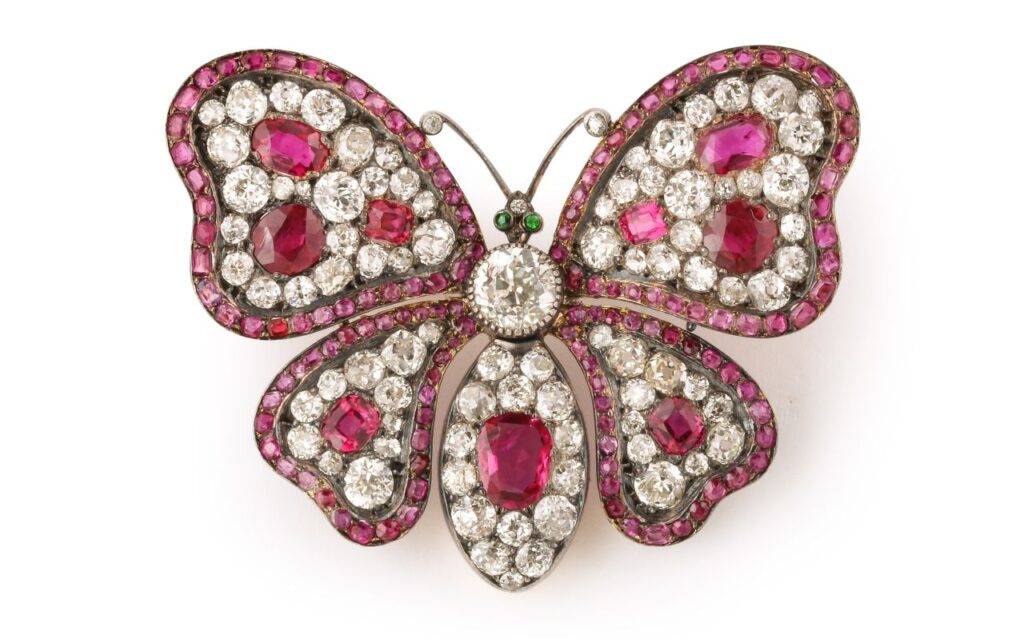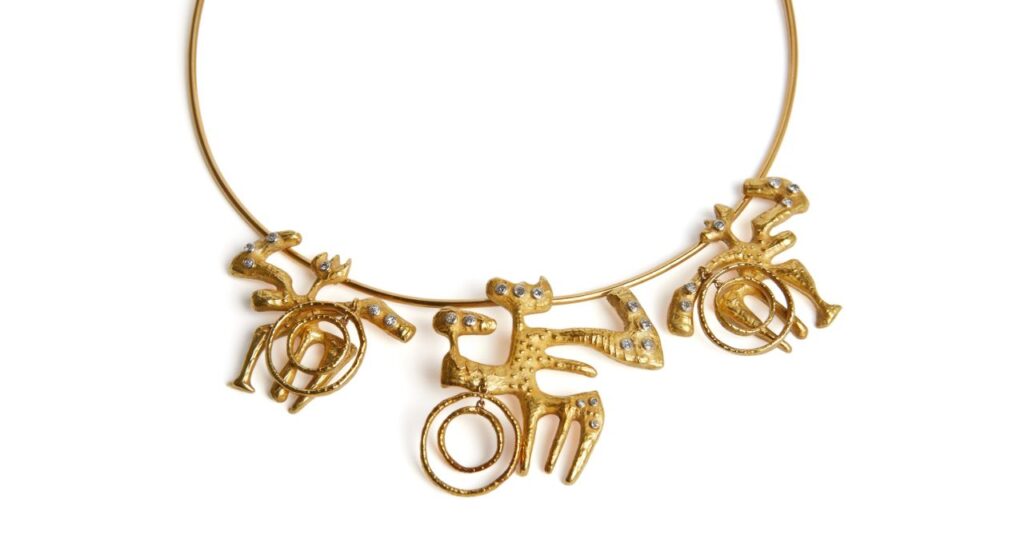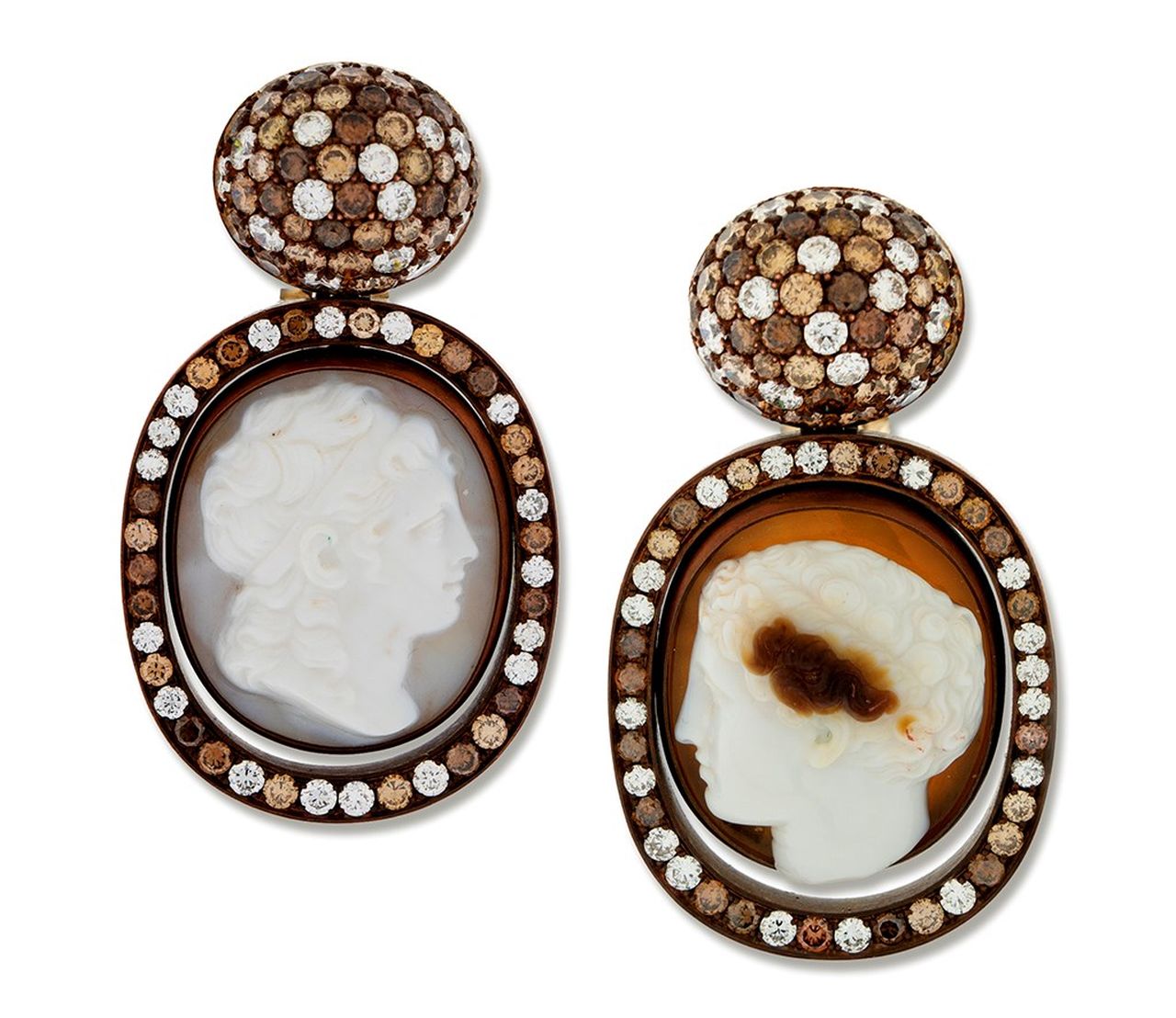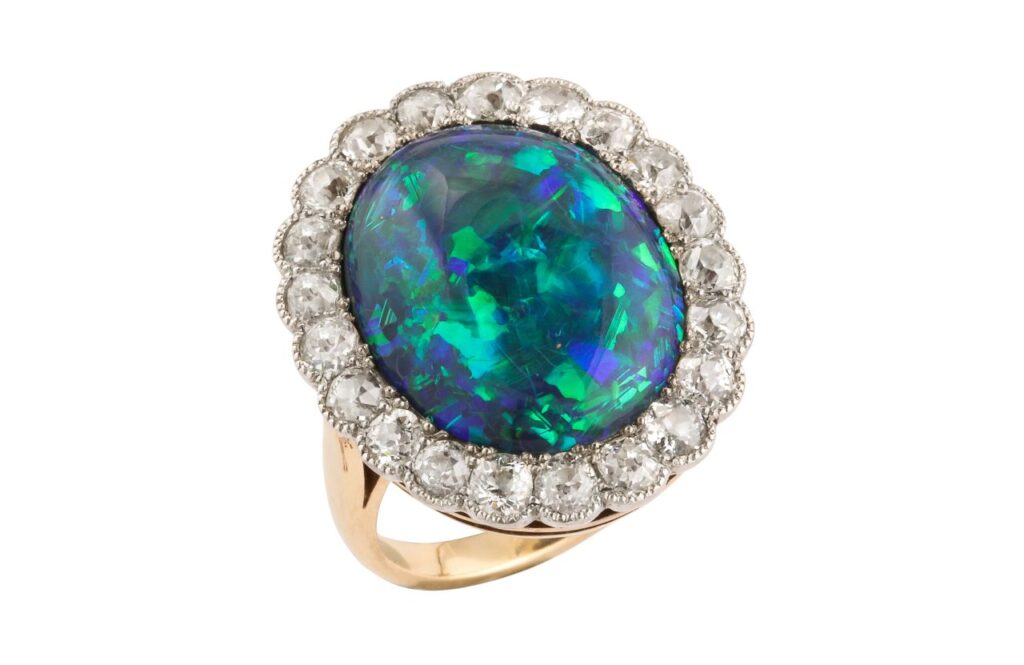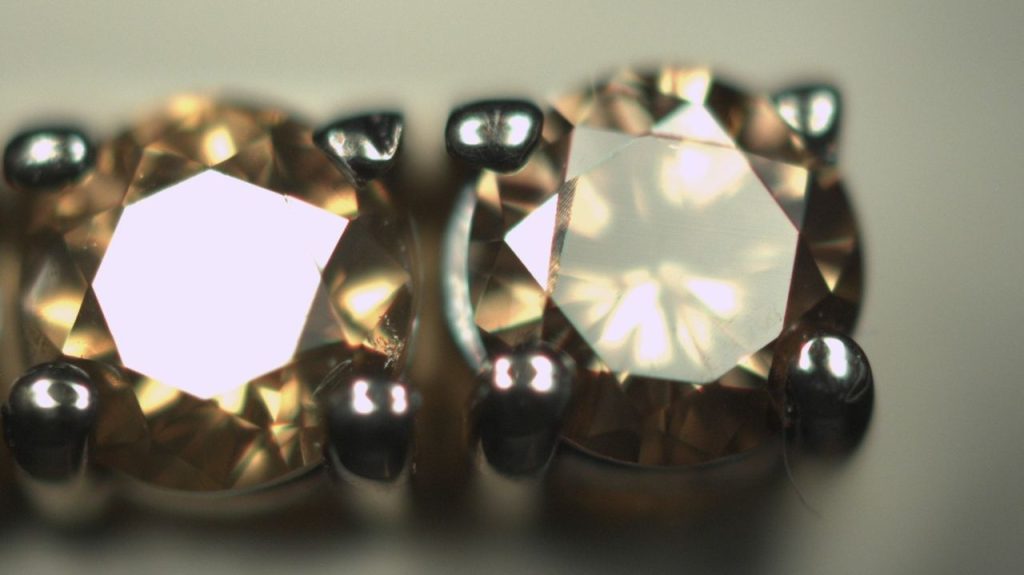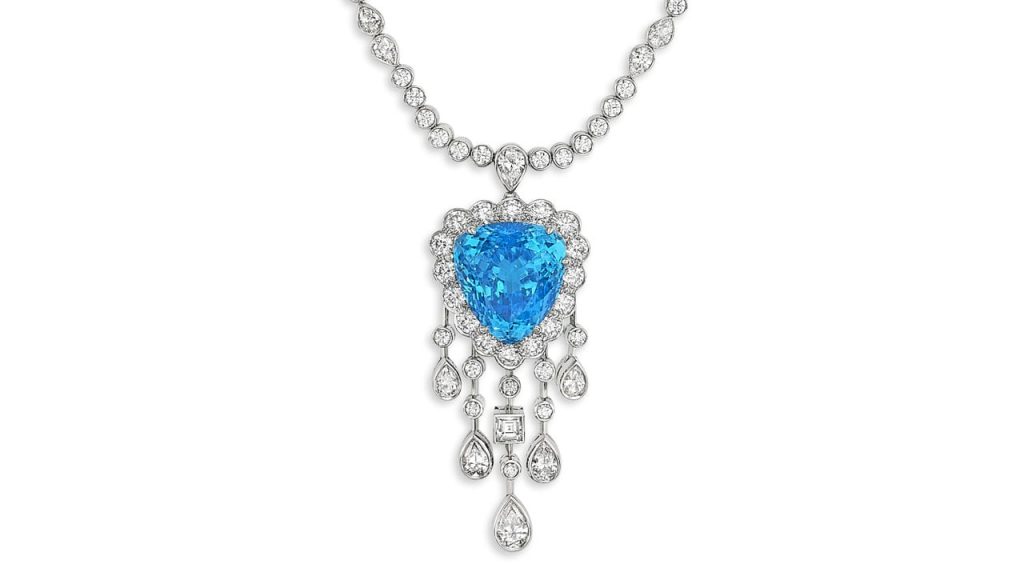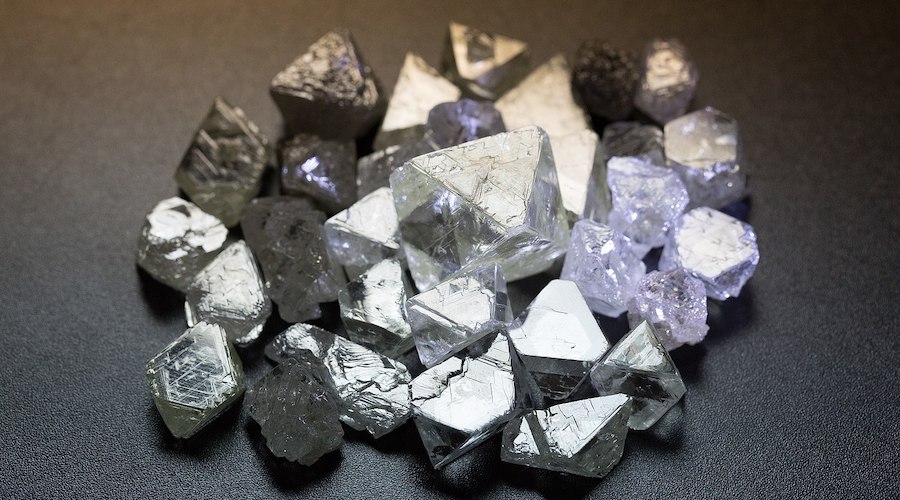
The G7’s sanctions on Russian-mined polished diamonds, set to go into effect March 1, will have a six-month “sunrise period” to let the industry adjust to the new rules, according to a statement from the U.S. Embassy in Botswana.
The ban will initially apply to polished diamonds at least one carat in weight, then expand in September to a half-carat and larger.
To verify the diamond’s provenance, the G7 will establish a new certification system based in Belgium. From March through August, G7 certification will be recommended; as of Sept. 1, it will be required.
G7 leaders committed in February, May and December 2023 to work collectively to reduce the revenue Russia uses to finance its illegal war against Ukraine that is derived from its diamond trade. The December G7 statement included the following language:
We will introduce import restrictions on non-industrial diamonds, mined, processed, or produced in Russia, by January 1, 2024, followed by further phased restrictions on the import of Russian diamonds processed in third countries targeting March 1, 2024. To further the effectiveness of these measures, those G7 members who are major importers of rough diamonds will establish a robust traceability-based verification and certification mechanism for rough diamonds within the G7 by September 1, 2024, and we will continue to consult with partners, including producing and manufacturing countries on its design and implementation. We will continue consultations among G7 members and with other partners including producing countries as well as manufacturing countries for comprehensive controls for diamonds produced and processed in third countries on measures for traceability.
Russia is the world’s largest rough diamond producer by volume and a significant global diamond exporter (> US $3.8 billion in exports in 2022). Its state-owned diamond mining conglomerate, Alrosa, accounts for 95% of Russian diamond production and is the largest diamond producer in the world by volume and second largest by value.
Approach
A “direct ban” on Russian imports (direct flows of non-industrial diamond goods exported directly from Russia to a G7 country) is in place by all G7 members as of January 1, 2024.
Specific measures and timelines are being developed to prevent indirect flows of non-industrial diamonds mined in or (for certain G7 partners) transited through Russia. This includes diamonds which are exported, processed and/or polished, in a third country and afterwards imported by a G7 member.
To avoid unintended negative consequences and undue burden on other diamond industry stakeholders, the G7 is consulting key partners, including producing and manufacturing countries, as well as industry, on proposed controls and traceability measures for diamonds produced and processed in third countries. This consultation will continue with virtual meetings and possible future in-person visits.
Through phased-in implementation, the indirect ban of Russian diamonds from G7 markets is expected to begin on March 1, 2024, with the banning of non-industrial natural diamonds mined in Russia sized 1.0 carat and larger.
The G7 is targeting September 1, 2024 to extend the indirect ban to all non-industrial natural diamonds mined in Russia sized 0.5 carats and larger.
To further the effectiveness of these measures, the December G7 statement indicates that those G7 members who are major importers of rough diamonds will establish a robust traceability-based verification and certification mechanism, detailed further below. This is envisaged to be fully operational by September 1, 2024.
From March 1, 2024, it will be encouraged to identify all non-Russian diamonds above one carat entering a G7 country through this traceability mechanism.
During a “sunrise period” from March 1, 2024 to August 31, 2024 documentary supply chain evidence will also be accepted by G7 countries, ahead of full operationalization of the traceability mechanism. Further details will be made available ahead of March 1st.
From September 1, 2024, use of the traceability mechanism will be required for import into the G7, for diamonds sized 0.5 carats and larger. In this context, traceability will be expected to begin at the point of the first export, rather than the mine-site, though we encourage mine-level traceability where possible.
Options are being considered with respect to how to treat existing stocks of diamonds (grandfathered diamonds) and jewelry.
A G7 technical working group, led by the European Commission, has been established to continue consultations and provide recommendations on the way forward. Governments and industry stakeholders are encouraged to engage with the technical group, with the understanding that ultimate decisions concerning the import requirements for G7 countries are taken consistent with respective national systems.
Traceability mechanism detail
To ensure the provenance of diamonds entering G7 countries, a certified traceability mechanism known as “G7 Certification” will be recommended as of March 1, 2024, and required as of September 1, 2024.
G7 Certification will verify and certify the provenance of rough diamonds from the point of first export through the use of a central import hub in Belgium during the period when the traceability mechanism system is tested. Thereafter, other credible options to the single node can be considered. Diamonds will then carry this verification throughout the supply chain, including through polishing, processing and manufacturing. This will enable stones to be checked at the point of import into the G7, ensuring their non-Russian provenance.
G7 Certification will work by using and expanding on existing tracing technologies and controls.
Diamond producers and manufacturers, throughout the supply chain, will need to incorporate validated traceability solutions into their operations. The G7 will determine and communicate standards that solution(s) will need to meet to qualify for G7 Certification.
These third-party traceability solutions will then communicate key data points, including provenance information, with a secure, independent Distributed Ledger.
To ensure the system is viable and credible, this information will be complemented by a physical check on rough diamonds, in Belgium. This check provides the G7 certificate, based on a high level of assurance, which will be carried onwards through the supply chain. This approach is needed to ensure that verification and certification is completed in a node where no Russian diamonds can be present given legal requirements that have been put in place.
Belgium is developing the details for the way this system will function. The G7 will coordinate with Belgium during this phase to ensure the system is functional and presents minimal additional costs and delays.
As noted, once this system is in place, tested, and perfected, the G7 will consider additional options and approaches beyond the central G7 import hub in Belgium.
We expect to implement mitigating measures for beneficiation (polishing in the mining country). Export of the polished, beneficiated goods to the G7 countries may be direct if appropriate measures are put in place to ensure non-contamination of Russian diamonds.
This system will provide traders, manufacturers, retailers and ultimately customers with the highest assurances of the non-Russian provenance of their diamonds in accordance with the G7 measures. Greater data intelligence and controls will also significantly enhance the overall levels of traceability in the diamond industry.
Source: DCLA

